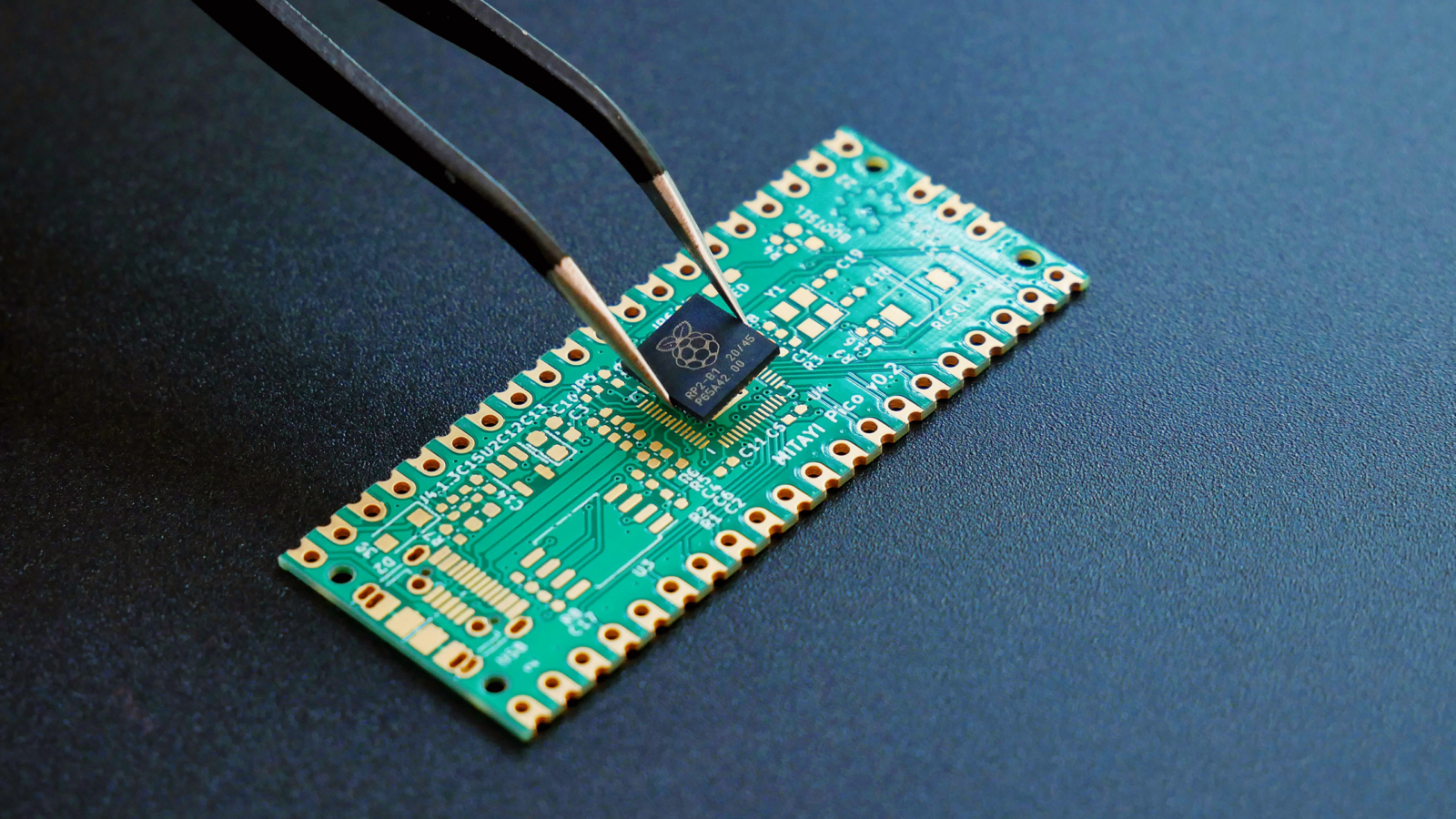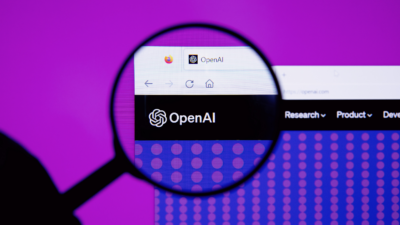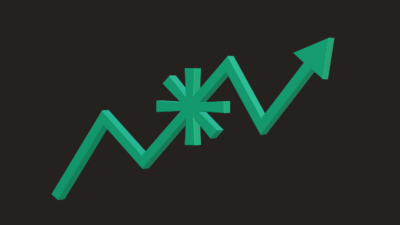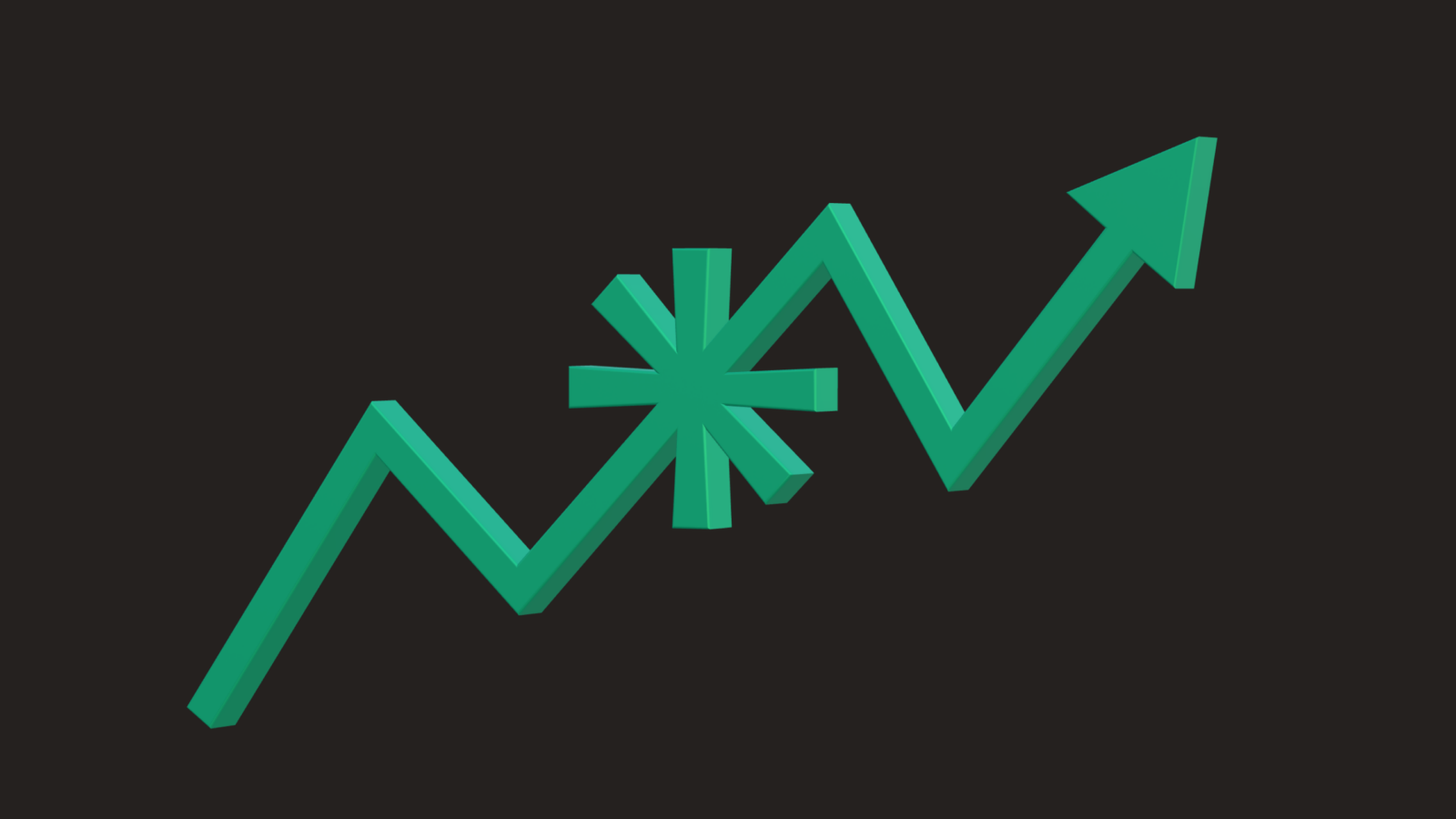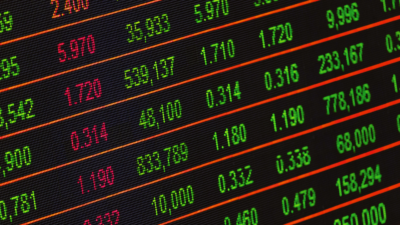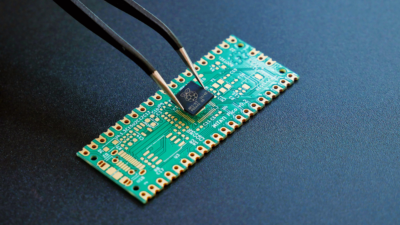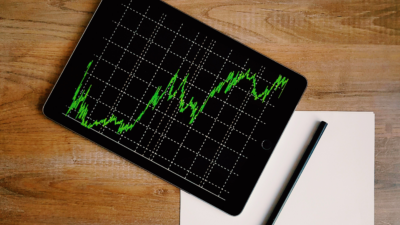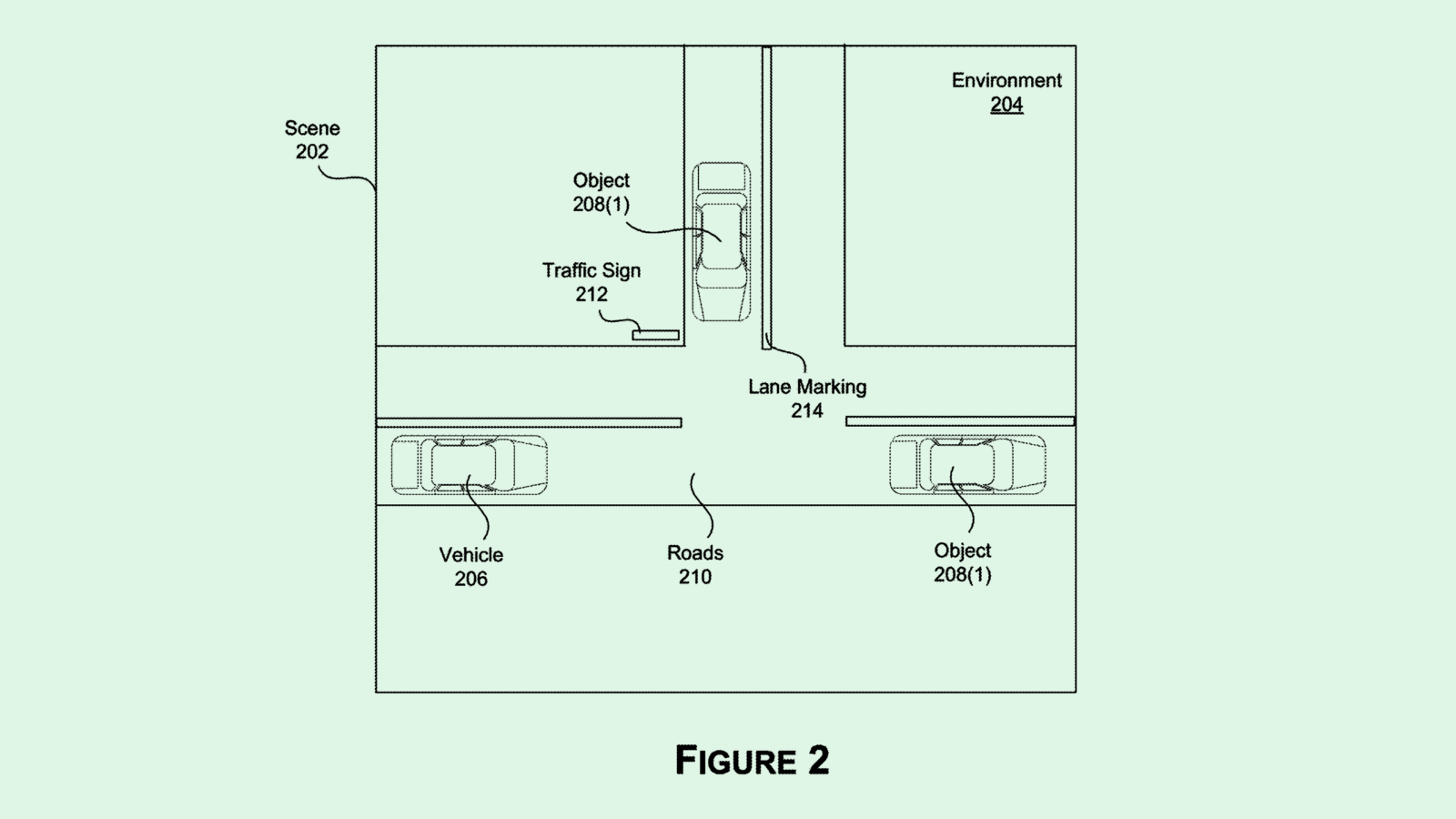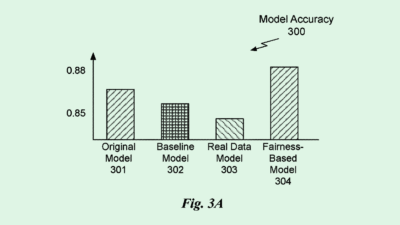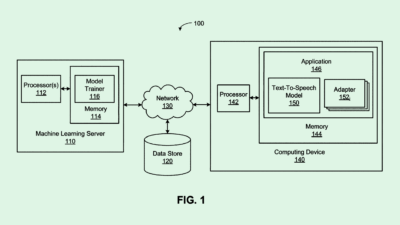NVIDIA
Get More Than News. Get Insights.
Our daily email brings you smart and engaging news and analysis on the biggest stories in business and finance. For free.
-
Midday Market Brief: Just Another Meme-Stock Monday

Photo illustration by Connor Lin / The Daily Upside
-
Nvidia Patent Could Defend Self-Driving Cars in Collisions

Photo via U.S. Patent and Trademark Office
